If you’re a culinary adventurer seeking rich, soulful food with deep cultural roots, Angolan cuisine deserves a spot on your must-try list. Nestled in southern Africa, Angola’s culinary heritage is a delicious tapestry woven from indigenous ingredients, Portuguese influences, and African traditions. From hearty stews and spicy sauces to flavourful street snacks, Angolan food offers something for every palate — yet remains under the global radar.
This article will be a flavour-packed introduction to the main dishes of Angolan cuisine for anyone curious about what this vibrant country has to offer.
A Legacy of Fusion
Angola’s food tells a story of resilience and cultural exchange. Portuguese colonisation left a significant imprint, introducing ingredients such as olive oil, garlic, and onions, while African culinary customs ensured the continued use of staples like cassava, maize, beans, and palm oil. The result? A cuisine that’s both comforting and complex, with dishes that have been passed down through generations.
Must-Try Angolan Dishes
Moamba de Galinha
Regarded as Angola’s national dish, Moamba de Galinha is a chicken stew made with palm oil, garlic, okra, and a rich red sauce known as moamba, derived from ground peanuts or palm paste. It’s often served with funge, a soft, sticky porridge made from cassava or maize flour. This hearty pairing is a staple in Angolan households and a must-try for first-time visitors.
Funge
More than just a side dish, funge is a cultural cornerstone of Angolan dining. It comes in two varieties: funge de milho (yellow, made from cornmeal) and funge de bombó (white, made from cassava flour). Its neutral taste and dough-like texture make it the perfect companion to stews, soaking up sauces beautifully.
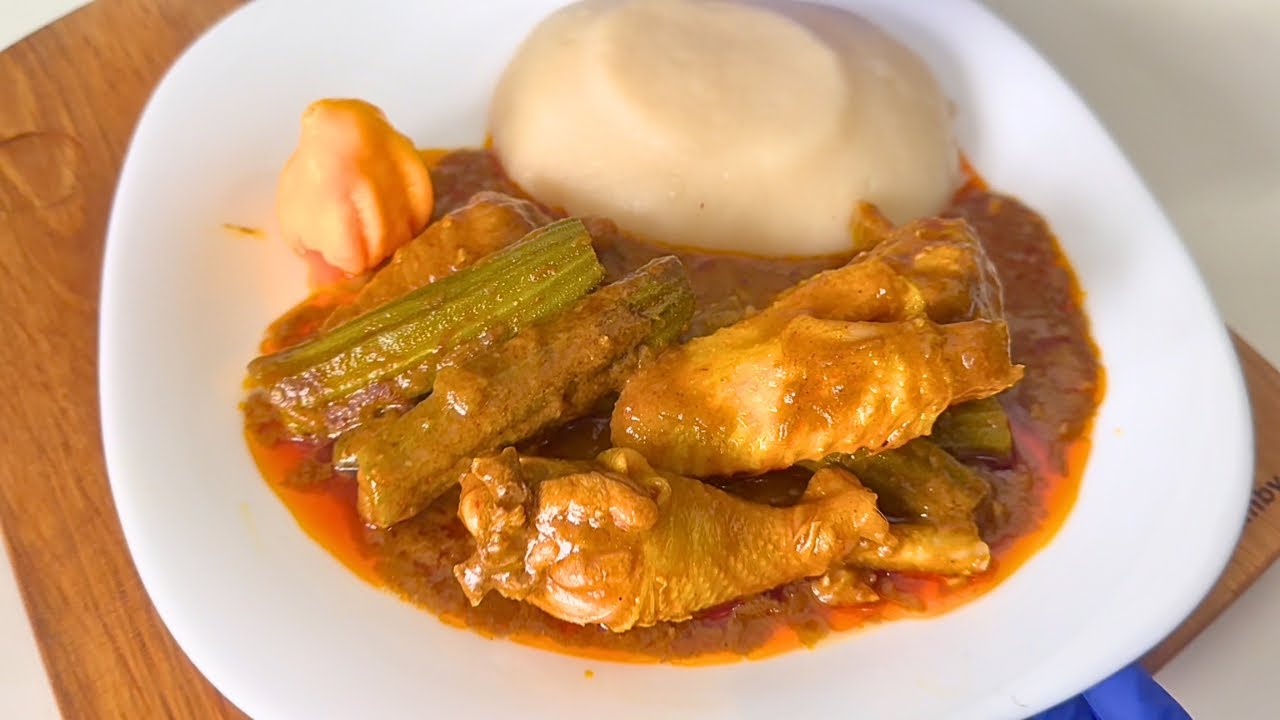
Calulu
Calulu is a warming fish or meat stew cooked with dried or fresh fish, okra, tomatoes, onions, sweet potato leaves or spinach, and often palm oil. Traditionally slow-cooked, it develops a rich depth of flavour and is commonly enjoyed with rice or funge. The dish varies by region and family tradition but is universally loved for its earthy, home-cooked appeal.
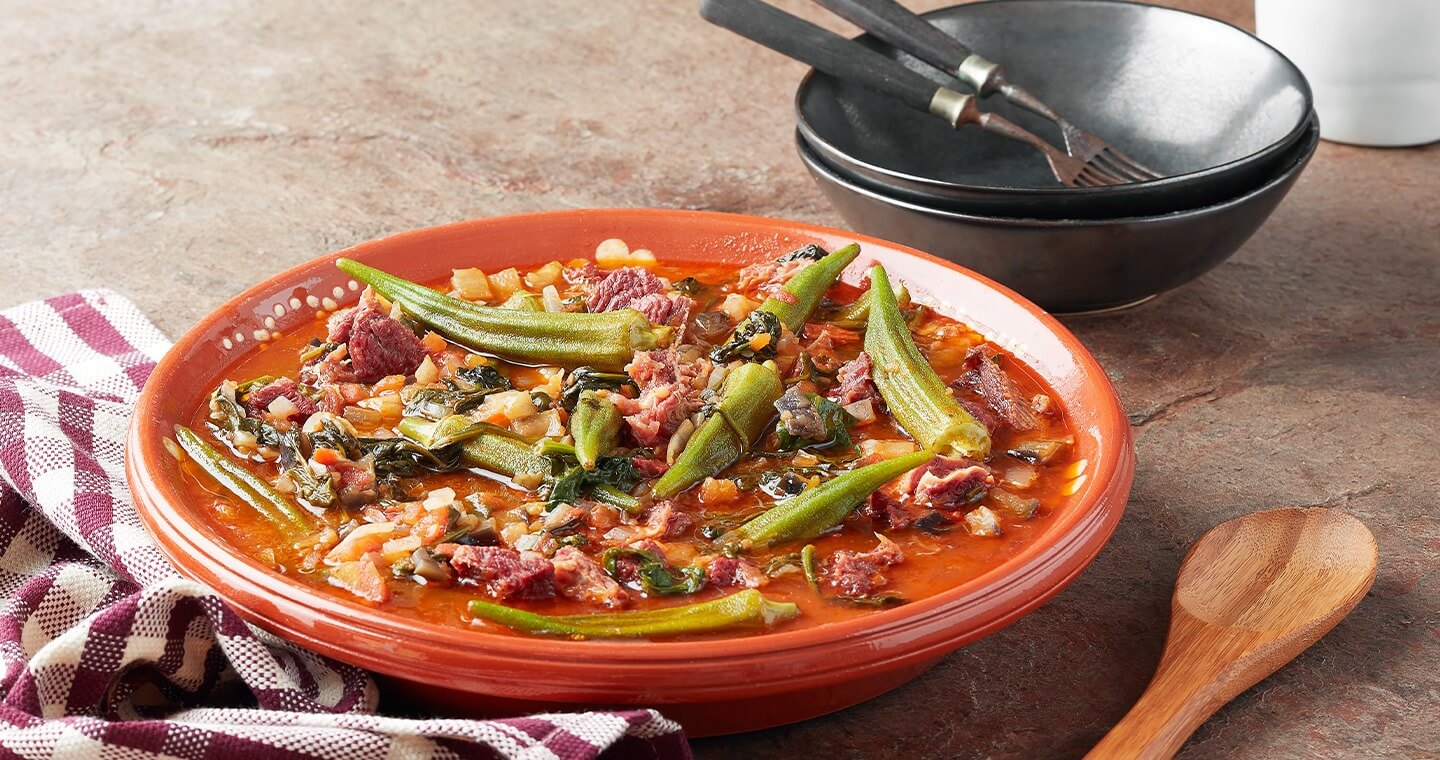
Mufete
For seafood lovers, mufete is an unmissable experience. This grilled fish dish is typically served with boiled plantains, sweet potatoes, cassava, onions, and a drizzle of zesty oil and vinegar dressing. Simple, fresh, and satisfying, mufete is a beachside favourite and a celebration of Angola’s Atlantic coastline.
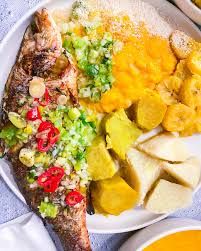
Feijão de Óleo de Palma
This humble dish of beans cooked in palm oil may sound simple, but it packs a punch in both flavour and nutrition. Often combined with vegetables and served alongside rice or funge, it highlights how Angolan cuisine brings together everyday ingredients to create soulful comfort food.
Street Food and Snacks
No introduction to Angolan cuisine would be complete without mentioning its beloved street food. Pão com Chouriço (bread with spicy sausage) and pastéis de peixe (fish fritters) are popular bites, while ginguba torrada (roasted peanuts) and kizaca (fermented cassava leaves) also make regular appearances in urban markets.
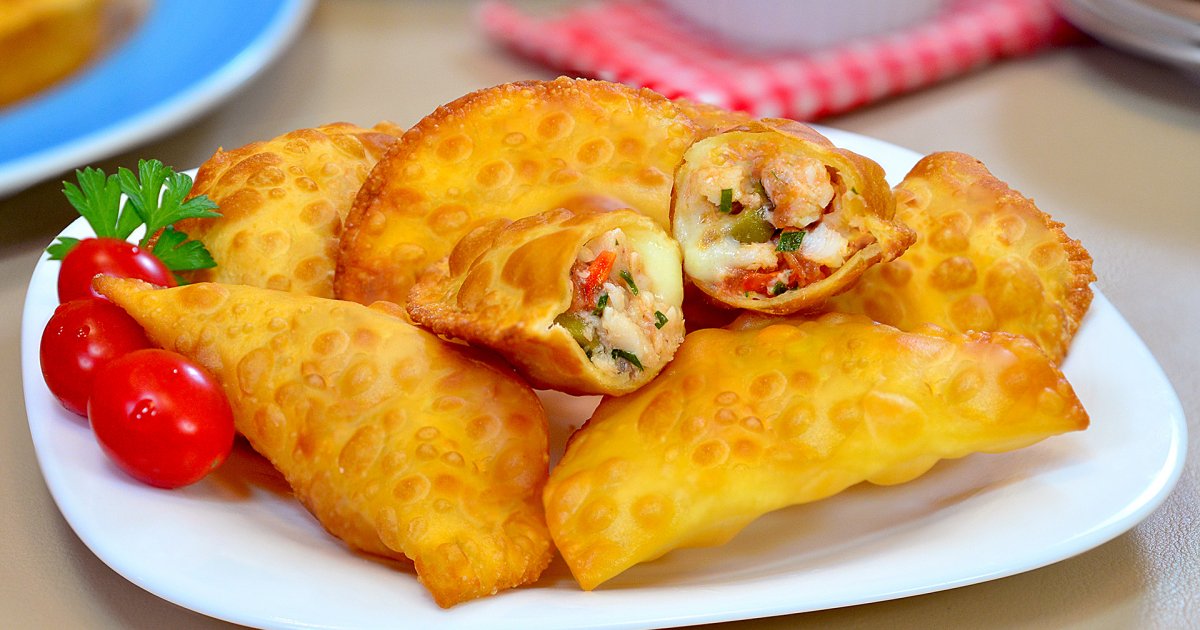
Sweet Treats
Desserts in Angola are often influenced by Portuguese culinary traditions. Cocada amarela, a coconut and egg-based dessert, and doce de ginguba (peanut candy) are among the most cherished. Fresh tropical fruits like mango, papaya, and guava are commonly enjoyed at the end of a meal.
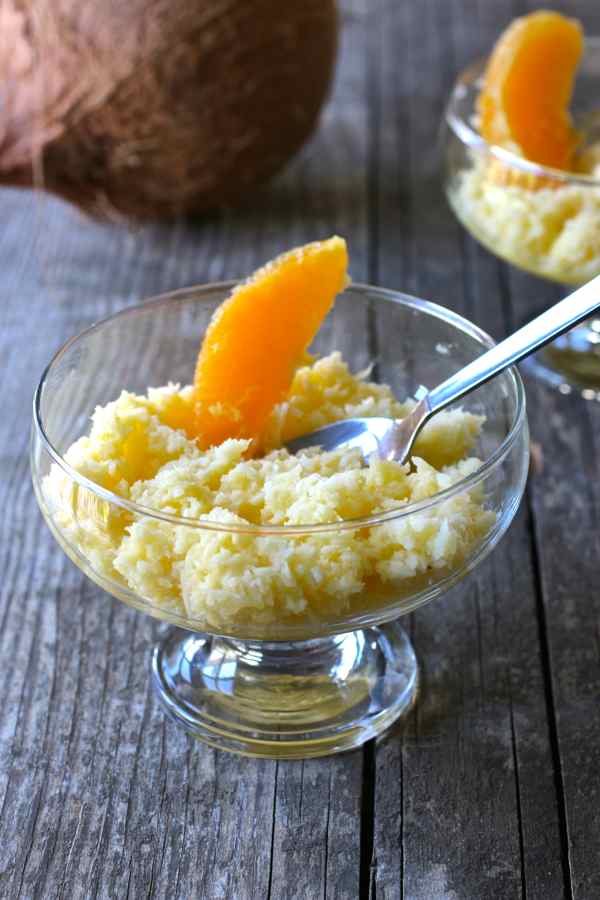
A Toast to Tradition
To wash it all down, locals often enjoy Cuca beer or traditional palm wine. Homemade fruit juices and kinkéliba (a type of herbal tea) are also popular, especially in rural areas.
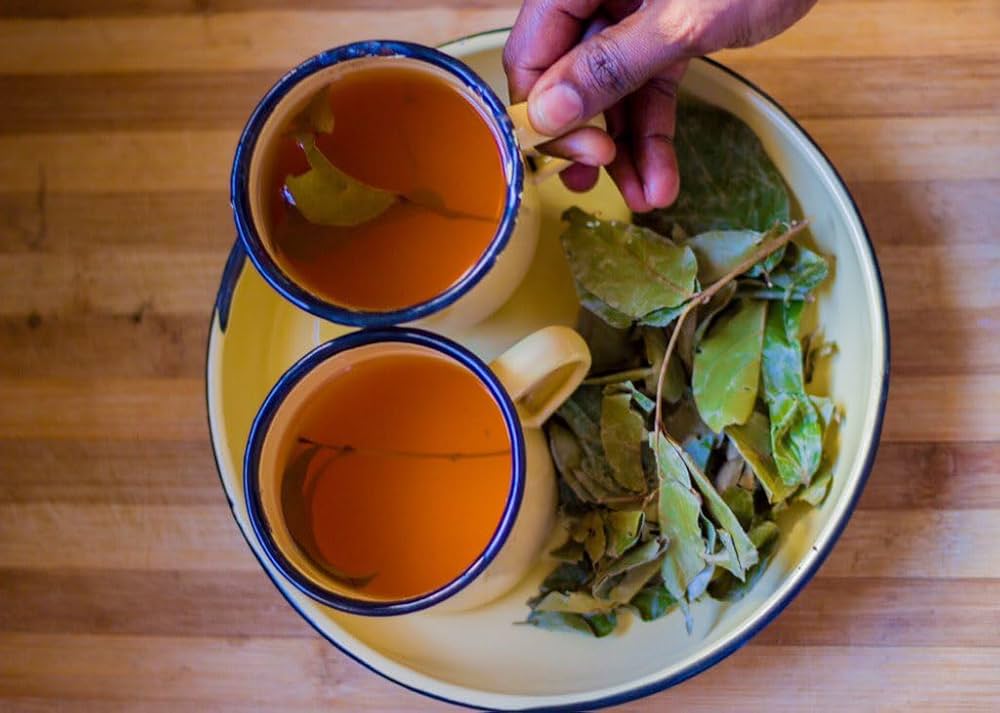
Taste Angola Through Its Food
Whether you’re sampling moamba in Luanda or enjoying grilled fish in Benguela, Angolan food offers an authentic, sensory-rich journey into the country’s heart and history. With its blend of bold flavours, nourishing staples, and cultural richness, Angolan cuisine is ready to be explored and appreciated by food lovers around the world, so go on, taste Angola!


